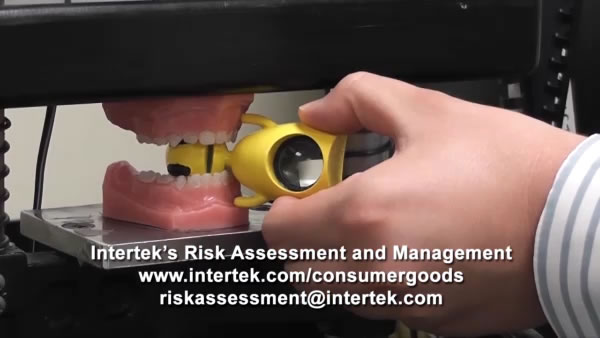Safety Process Development
Intertek tailors the critical elements of a safety process to integrate seamlessly with a client's business process. In fact, the unique characteristics and requirements of a company's business process determine each element of the safety process. Our specialists function within the client's management team to learn about company processes and goals. This information drives creation of the customized safety process that enables the business process. In each case, the goal is safety, not merely satisfying standards.
At Intertek, we liken the business process to an hourglass. During initial phases - such as concept and design - a company's fiscal commitment is limited, so ideas flow freely. As the business process continues, products are refined and the process narrows. Production is increasingly difficult to stop because of the significant commitment of time and money. Once a product reaches tooling and production, the process is almost automated and control becomes difficult. At this point, products usually reach distribution where the company is virtually powerless to direct where its product goes, and a recall is the only option to minimize a safety hazard. Therefore, Intertek institutes a safety process that encompasses a company's entire business process. This ensures products are designed for safety from the start and that safety is an integral part of the entire business process.
Intertek helps clients through the eight steps needed to establish a safety process tailored specifically to a company's business process.
- Focus on injury prevention - Companies embrace the concept that injury prevention also protects brand value, prevents financial losses, and enhances customer satisfaction.
- Form a safety committee - Intertek helps to form a safety committee that champions the safety process, focusing attention on critical issues and calling for necessary actions.
- Document a safety policy - Companies embrace the concept that no human injury, loss of life, limbs or function is compromised.
- Define a quality policy - Establish manufacturing expectations.
- Document a safety process - A safety manual provides process and specification guides that can be followed today and in the future. Safety process information and progress is entered into the Intertek Net system that dictates and documents the correct steps.
- Proactive use of injury data - Learn from others' mistakes.
- Eliminate design defects - If a product has a design defect, 100% of production has the potential to cause injury. Emphasis is placed on safety at the beginning of the business process, not the end.
- Predict foreseeable use - It is critical to understand how products will be used - not just how they are intended to be used - to make sure the products are safe. Intertek works with clients to assist them in acquiring that understanding.
Webinars:
Blogs:
Brochures:








